The Creality Ender 5 S1
We haven’t really talked about Creality’s Ender 5 much so far. The main reason for that is, basically, that we didn’t have an Ender 5. We do have an Ender 3, as you’ll know if you’ve been following this blog for the last couple of years, so while we do try to feature other 3D printers whenever we can the Ender 3 has got most of the attention when it comes to Creality models. It’s what we’re most familiar with, after all, and as we started off with the standard model it’s easy to compare when Creality release an upgrade like the Ender 3 S1.
We looked at the Ender 3 S1 last March, not long after it came out, and we were very impressed. Creality have taken the Ender 3’s well-proven basic design, and enhanced it with a whole load of high-end features. A basic, but serviceable and highly customisable, printer has been turned into a distinctly premium machine. While the original Ender 3 with its endless upgrade options is a hobbyist’s dream, the S1 version is perfect for people who want a printer that does it all straight out of the box.
Last November Creality built on this success by taking the Ender 5 and giving it the same treatment. The Ender 5 S1 follows the same game plan, starting with a proven printer and enhancing it with premium features. Some of those features are the same as we saw on the Ender 3 S1; others are even better. So, with this new model now on the market, we thought it was time to look at the Ender 5 in a bit more detail and then examine the S1 upgrade.
What Is The Ender 5?
While the Ender 3 is a solid and capable entry-level printer, the Ender 5 was designed from the start to be a more high-end machine. The first thing you’ll notice about it is its much more substantial frame; instead of the classic doorframe on a base look, its frame is a cube. That gives it a big advantage right from the off; it’s an inherently more stable structure that’s less vulnerable to vibration or becoming misaligned. In the basic models it also has a larger build volume – 220x220x300mm, compared to the Ender 3’s 220x220x250mm – although in the S1 versions that gap has almost closed. However, the extra build volume is really just a nice extra; the Ender 5’s solid cubic frame is really aimed at improving print quality.
There’s another big difference between the two that isn’t so obvious until you see them in action. The Ender 3’s bed is located on the base, and moves along the Y axis; the print head runs along a gantry in the X axis, and that gantry climbs the frame to give you the Z axis. In the Ender 5 the print head stays at the top of the machine and moves in the X and Y axes; the bed starts at the top and moves down the Z axis during the print. This is a significant upgrade, because it lets the print head choose more efficient paths that don’t require as much acceleration during a job. Talking about paths, the filament also travels along a much less problematic one. The Ender 3’s filament path is a little complicated, unless you go for a direct drive upgrade; the 5 is a lot less troublesome.
The Ender 5 S1 – The Same, But More So
With the Ender 5 S1, Creality have again started with a machine that’s already very capable then added lots of extras. They could have simply added the same extras as the Ender 3 S1 got, but they didn’t. Instead they’ve taken the chance to incorporate an extra few months of technological progress. Some of the enhancements do match the 3 S1, but others go a step further.
The first thing I’ll mention, though, isn’t an enhancement. The Ender 5 S1’s print volume is actually slightly smaller than its older relative’s, at 220x220x280mm. The Ender 3 S1, meanwhile, can do 220x220x270, so while the 5 S1 is still ahead on volume its lead has fallen from 50mm to just 10mm. Personally this doesn’t bother me; most of the things I print are well inside this volume anyway. If it is an issue for you there’s always the Ender 5 Plus, which doesn’t have the S1 upgrades but does offer a massive 350x350x400mm print volume.
Enough of that, though; let’s get to the good stuff. Creality seem to have improved just about every system on the Ender 5, starting with the user interface. While the 3 S1 still has a knob to control its colour display, the Ender 5 S1’s big new display is a full touch screen. It still runs the familiar Marlin operating system, but it’s much easier to use.
Moving on to the printing system, the Creality Ender 5 S1 is a direct drive printer. That’s great for printing with flexible filaments like TPU, but to be honest I find it a big improvement for everything. I hate Bowden tubes; they’re finicky and add a lot of friction to the filament path. As long as your printer has the mechanical power and stability to handle the extra weight of the extruder on the print head – which this one does, in spades – direct drive is just better. Top marks to Creality for this.
The actual extruder is the same all-metal Sprite model found in the 3 S1, which is great. This time it’s paired with a new, all-metal hot end that a) won’t need fiddly little bits of half-melted PTFE replaced and b) can run at up to 300°C. This is a big deal; I’ve successfully printed nylon at 260°C on our Ender 3, but I was pushing the poor thing right to the limit with that. The extra 40°C should make it much easier to print with nylon and exotics like polycarbonate.
The Need For Speed
Creality seem to have put some attention into making the Ender 5 S1 significantly faster than its predecessors. I do most of my printing at 50mm/s, with occasional jobs at 100mm/s where the print is a fairly simple shape. The 5 S1 is capable of 250mm/s, and while this is a theoretical, rather than practical, top speed I actually have high hopes for it. The more stable cubic frame should mean the speed can be pushed far higher than the Ender 3 without compromising on print quality. The 5 S1 also has blinding acceleration of 2,000mm/s/s, which might make even more of a difference. Whatever the actual print speed is set to, much of the time the print head will be slowing down, changing direction then picking up speed again. This new machine should be able to shave a lot of time off that process. Creality claim it prints up to 70% faster. Will it match this? Who knows, but it should definitely be a good bit quicker.
The Ender 5 S1 is loaded with other goodies, too. It includes Creality’s own CR Touch automatic bed levelling system, which makes 3D printing much less frustrating. I added one to our Ender 3, but the 5 S1 comes with it already fitted. The same goes for the filament break sensor; this is included too, and unlike mine is mounted in a sensible place. There’s a magnetic steel build surface, new hot end fans and a whole host of clever usability upgrades. For example, there are covers to keep bits of debris off the V-wheels that handle X and Y axis movement. It also has a pair of convenient handles for moving the thing’s substantial weight, which is the first time I’ve seen this on a 3D printer. Overall the Ender 5 S1 looks like a very attractive machine, with a proven basic design and plenty of up to date, high performance features.
Where Do We Go From Here?
There’s just one more thing about the Creality Ender 5 S1 I need to mention, so I’ll do that now before I end up writing an actual book about it:
We have one.
Yes, a 5 S1 has now joined the 3D Printing UK family. I’ve been rather busy in real life the last week or two, so it’s still in its box, but next week it will be up and running. I’m really looking forward to finding out what it can do, and if it lives up to its considerable promise. If you want to find out how Creality’s latest box of additive manufacturing fun performs check back here regularly, because I have a feeling this is going to be an exciting few months.

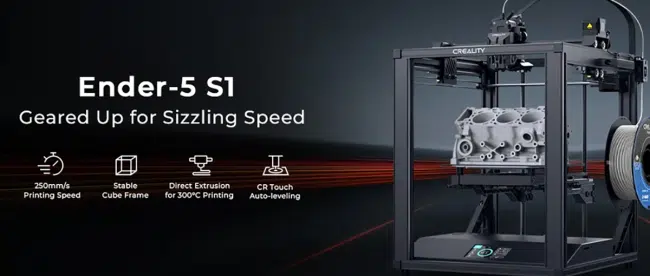
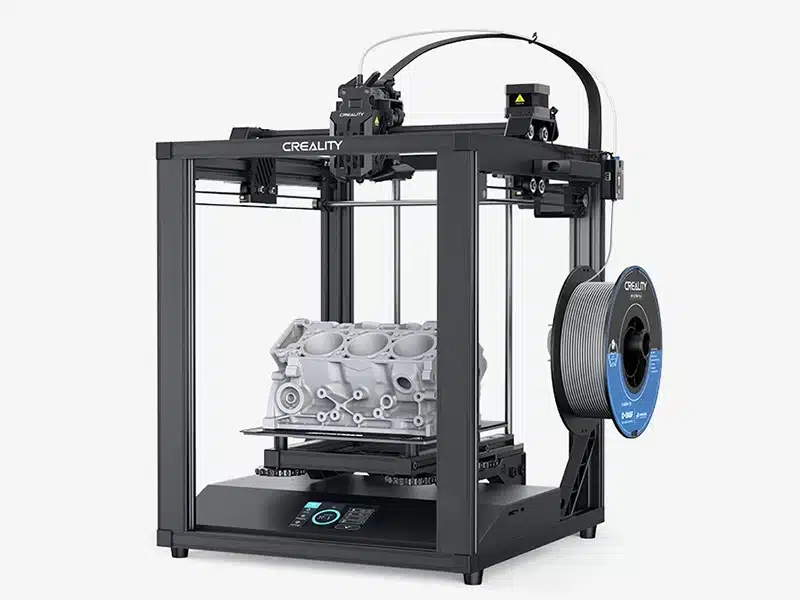
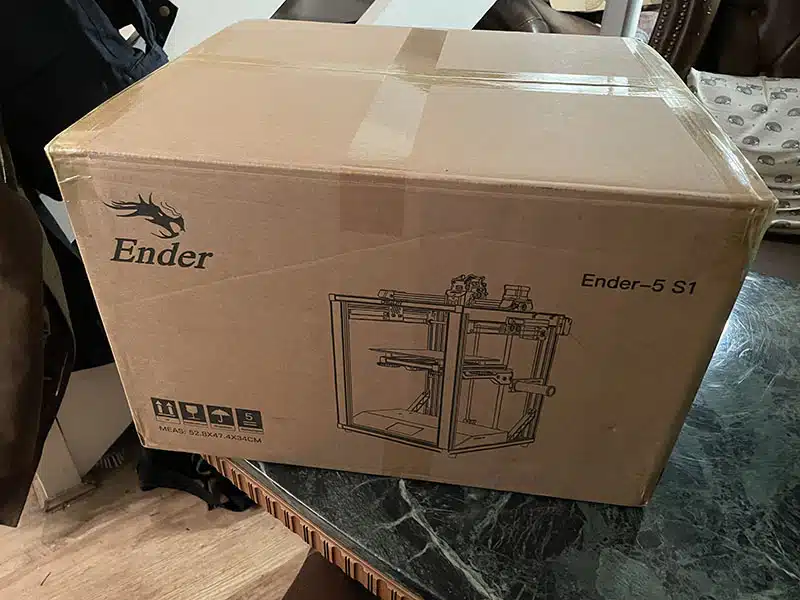
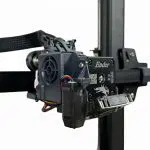
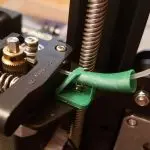

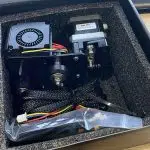

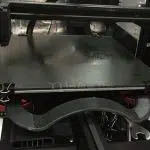
Leave a comment
You must be logged in to post a comment.